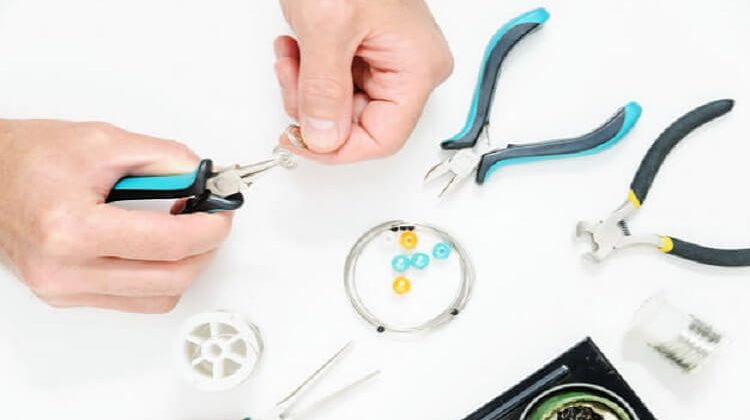
Professionals who use them every day for a living know that pliers are perhaps the most maligned and misunderstood of all the tools in the toolbox. For instance, whoever is telling you to “use your pliers” to tighten up a heavy-duty bolt has definitely never come across an industry specialist who only uses a pair of circlip pliers to remove often delicate circlips from inside a bore. In other words, “pliers” as a word is just like “sport” or “music” – are we talking about competitive skydiving or table tennis? Beethoven or Iron Maiden? Hose clamp or bail-making pliers?
The 3 Biggest Misconceptions About Pliers
So in this piece, we’re going to cut through the confusion by dispelling the three biggest myths and misconceptions about one of the most versatile categories of tools ever imagined:
Lost your hammer or wrench? Use some pliers!
Firstly, if you use your brake-spring pliers – designed specifically for mechanics working on drum brakes – like a hammer or a wrench, you’ll either fail, break them, hurt yourself, or hurt someone else (or all four!) The truth is, even sturdy pliers are likely to be damaged or broken if you start banging in nails with them.
Similarly, even though you might find a pro like a plumber using pliers for various tasks throughout the day, pliers are simply not safe or appropriate for tasks that require a wrench. You’ll either damage the pliers, damage whatever you’re working on, or slip and damage yourself.
Any old pliers are good for crimping
What generic pliers really are good for, of course, is squeezing. And in the context of an electrician or another specialist’s work, squeezing two pieces of metal together to join them together is called crimping – so grab the nearest pliers, right? Not right! In fact, only pliers with a specific crimping die will do the trick properly and efficiently, which is super-important when dealing with what the wires are being asked to do, such as transmit electricity. The true professional, of course, will use proper crimping pliers, although wire strippers, side-cutting pliers, and other plier types are also likely to include this feature.
You can sharpen up your cutting pliers
Alongside squeezing, another common use for pliers is cutting. And if you do a lot of it, those blades will eventually lose their bite. However, ask a real plier pro and they’ll tell you to definitely swerve around the instinct to try to sharpen them. “Buy a new pair,” will be their likely advice.
Indeed, anyone serious about their cutting with pliers won’t mind coughing up for the newest and sharpest model on the market – and we’re not exactly talking about a massive price-tag here. Some may want to file them with a sharpening tool, and this may work if your pliers are particularly old. But the blades of modern pliers are hardened by induction during the manufacturing process, so sharpening them will actually either weaken the pliers or simply fail to be effective, no matter how hard you try.
The final word: The 3 Biggest Misconceptions About Pliers
It’s true: pliers really are what you need to grab, squeeze, twist, hold, tighten, cut or loosen (and more!). But even truer is that the real professional can’t just throw a random pair of tool-shed pliers into the toolbox and think that will get the job done no matter what. In fact, the dozens and dozens of often vastly different plier types on the market are each designed very specifically for a specific purpose or two. So if you’re really serious about getting your job done safely, efficiently, and correctly, it’s imperative to choose and use your pliers wisely.

